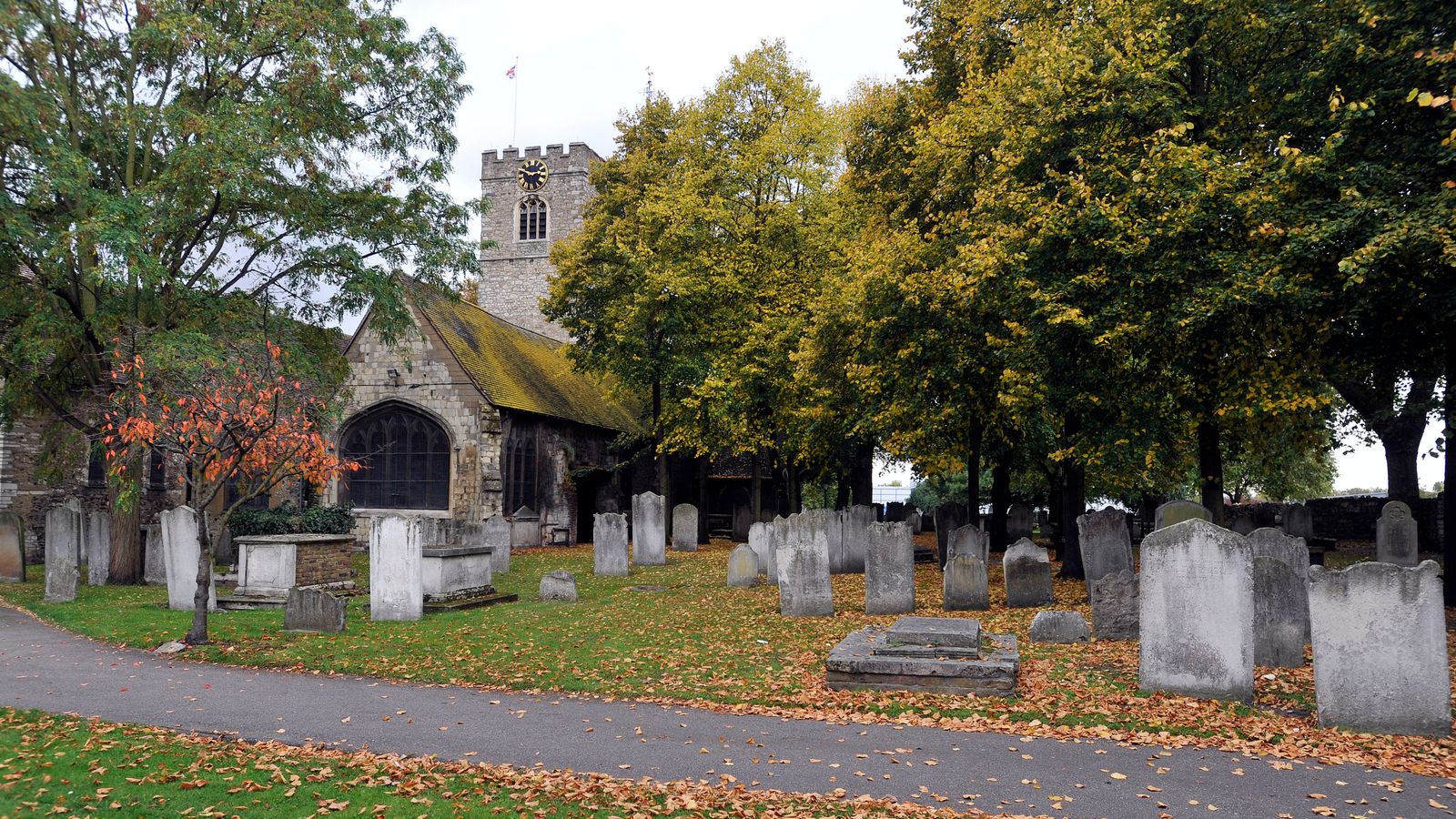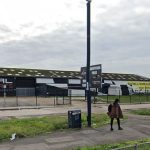Jurors at the inquests for victims of Stephen Port visited the spots where the ‘Grindr killer’ dumped their bodies, as a paramedic told the court the death of the first victim was “suspicious”.
Between June 2014 and September 2015, Port killed four young men with fatal doses of date rape drug GHB, before discarding them at various locations just metres away from his Barking flat.
The long-awaited inquests are examining whether the police made mistakes with their investigation and cost more lives by failing to stop the killer sooner.
Port, now 46, was found guilty and given a whole life order in 2016.
On Thursday, the jury was invited to examine each of the areas where the four victims had been left and compare them with crime scene photographs of the bodies in situ.
The first victim, fashion student Anthony Walgate, 23, was left outside Port’s former flat in Cooke Street.
In the 999 call, which was played to the court, Port denied seeing what had happened, telling the operator: “I was just driving my car and just saw him lying on the floor.”
Cost of living crisis: Energy and council tax bills could rise by hundreds of pounds from next year, warn experts
Fuel supply crisis: Industry says recovery not fast enough as London, South East and East still have low fuel levels
COVID news live: Red list changes and new testing requirements announced – as UK daily cases top 40,000 for first time in month
However, paramedic Antony Neil told the jury he regarded the death as “suspicious” and “unexplained”.
“When I got to the body it was positioned cross-legged in an unnatural position from what the call was given as a possible seizure,” he said.
“My first impression was I could see the patient was deceased but if he had a seizure he would not be positioned as he was.”
He said the situation just “did not add up”.
Despite being convicted of lying to the police about the circumstances of Mr Walgate’s death and sentenced to eight months in prison for perverting the course of justice, Port was not investigated for the murder – and was not stopped until he had killed three more men.
During the site visit, jurors were taken to St Margaret’s churchyard, approximately 300m from Cooke Street.
Gabriel Kovari, 22, and Daniel Whitworth, 21, were found dead by the same dog walker three weeks apart in 2014 beneath a large maple tree in a corner of the walled cemetery.
The final victim, aspiring police officer Jack Taylor, 25, was found by a park worker on the other side of the stone wall in September 2015.
During the 30-minute visit, jurors walked past puzzled members of the public and a school where children could be heard in the playground.
After returning to the court building, jurors were told Mr Whitworth had been found holding a faked suicide note written by Port.
Earlier inquests reached open conclusions as the coroner could not rule out third party involvement in Mr Whitworth’s case – these were later quashed by the High Court.
The inquests are due to last for up to ten weeks.






















